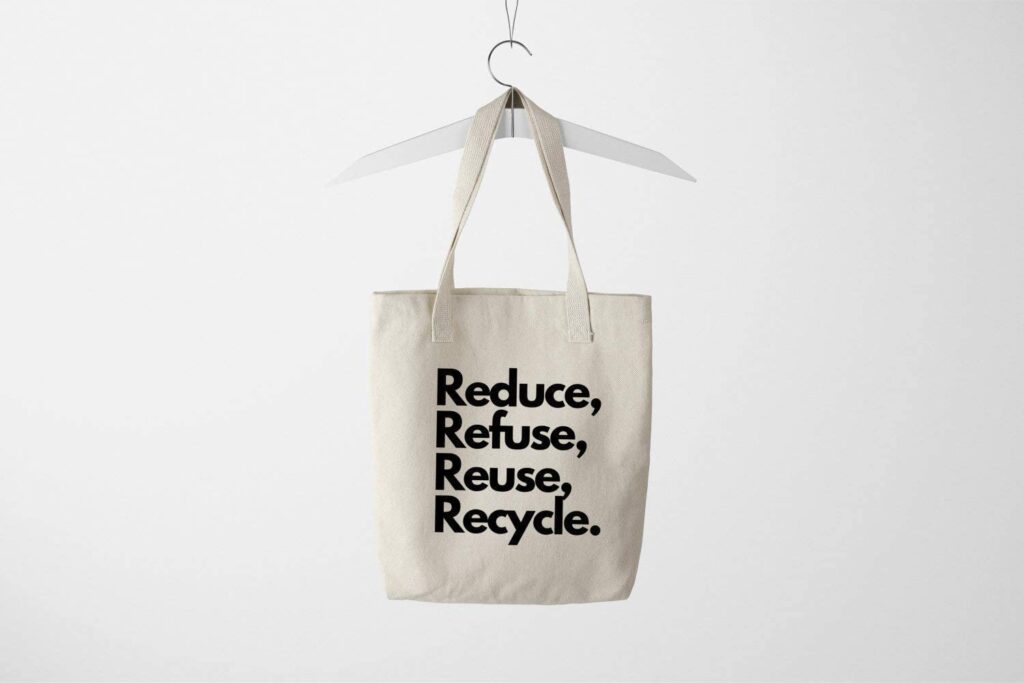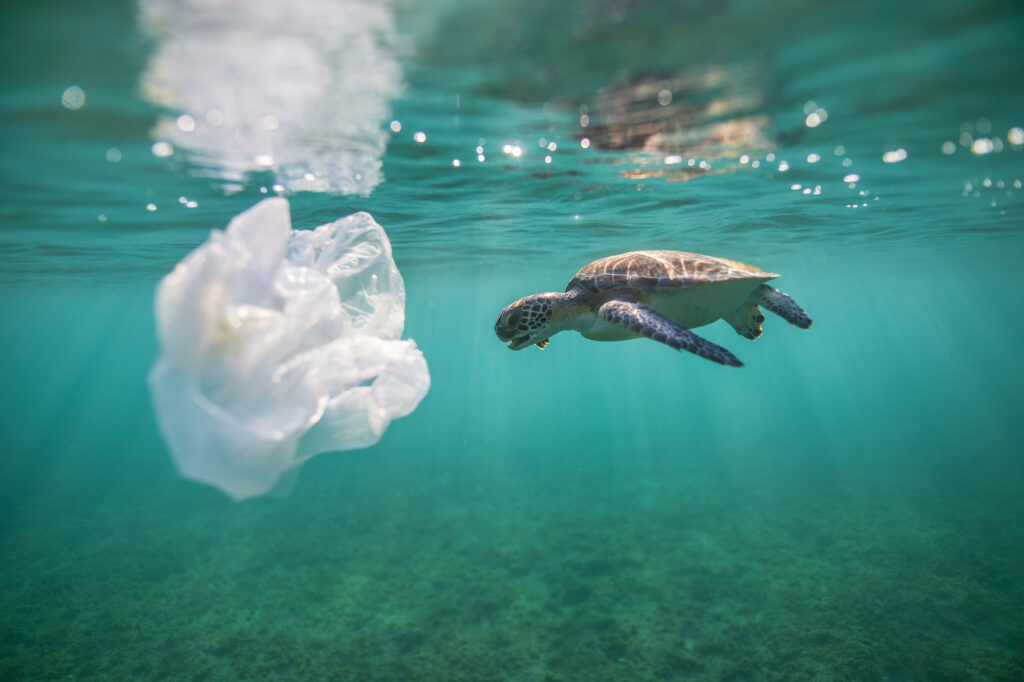One of the debates at the center of public attention on environmental sustainability is precisely that relating to packaging and bags.
The materials most commonly used in the commercial world and beyond to package or contain our objects are plastic, cotton, and paper.
The same products, however, have different characteristics and histories, showing us what they all bring to the planet, in terms of benefits and damages.
Paper as the first production material
Originally, paper has always been the favorite material for the production of bags, as it is more resistant, less harmful, and better able to absorb humidity.
Despite this, paper is also a symbol of pollution and a lack of protection towards the planet.
In fact, paper requires more time to be recycled and requires a much greater amount of energy than other materials.
In the 1960s, supermarkets, stores, and most commercial establishments used paper bags, a product that required the continuous felling of millions of trees.

Forest and paper industries
A significant loss for our planet, which was deprived of its most precious source of oxygen and life.
According to an estimate by the WWF, it takes 7 ounces of pulp to produce one pound of standard paper.
This means that just over 79 thousand sheets of paper can be produced from a fifty-foot tree.
According to Greenpeace data, in Italy, a family of four people consumes every year an amount of paper equal to 2 trees.
The only way out is recycling, especially considering that paper recycling has a very high yield of up to 90%.
According to the European Environment Agency, only until 2005, the number of trees cut down in the world was 435 million m3 and 37% of this figure was for the production of paper bags.
Despite this, however, many companies are making a commitment to reforest and safeguard our Planet.
Indeed, tree-dependent industries need lush forests. It’s in their best interest.
In managed forests, for every tree cut down, there are three or four trees replanted.
According to estimates, the developed world now has 25% more trees than in 1901, and only in Europe the annual growth in the area covered by forests is equal to 1.5 million soccer fields, thanks in part to web platforms that have sprung up in recent years such as Ecosia.
It sounds strange, but it’s a fact: demand for paper supports forest growth, which leads to a continuous cycle that doesn’t stop.
Saving the planet by inventing plastic bags
In this regard, Sten Gustaf Thulin, a Swedish engineer, in those same years thought of producing a different bag.
Cheap, lightweight, and durable to reuse over and over again, so as not to harm our ecosystem.
In fact, small amounts of oil and minimal energy consumption are required to produce plastic bags.
The idea was successful and starting in 1979, paper was replaced with plastic, leading to thousands and thousands of bags being produced with this material.
Then, originally, plastic bags were supposed to be planet-friendly.
But their inventor could not have imagined that he had triggered the greatest pollution crisis in the oceans.
Symbol of the tragic footprint of man on Earth, in fact, the plastic bag is considered among the main causes of climate change and the death of many animal species.
The initial idea, however, was the total opposite of what happens today.
In fact, Thulin had created an “eternal” plastic bag, never to be thrown away and above all not to be dispersed in the environment, thus making it easier to reuse.
The introduction of biodegradable plastics
However, as of January 1, 2018, a law came into effect in Italy regulating the use of lightweight and ultralight plastic bags.
These bags must be biodegradable and are paid for by consumers.
They must be both biodegradable and compostable so as not to harm the environment.
The appearance on the market of biodegradable plastics, however, dates back to the beginning of the 1990s, when the development of these new materials was stimulated by two concomitant causes.
The acknowledgment that plastics harm the environment and the birth of the new research sector of so-called green chemistry, with the use of materials derived from raw materials of natural origin.
But have you ever wondered what biodegradable bags are made of? Very often the starting material is starch from some plants (potatoes, corn, wheat, or tapioca) but there are also bioplastics produced by fermentation of sugars or lipids.
Is cotton the ecofriendly solution?
You would think that therefore the remedy to save the environment is the use of cotton shopping bags.
But it is not.
Cotton bags are, if possible, even less tempting.
Its intensive crops, in fact, require very important hydration.
If you take into account all the environmental impacts beyond that of disposal, that is, the environmental impact of the production of the raw material, spinning, weaving, packaging, dyeing, and transport, the bag will have a greater impact. Actually, much greater.
Cotton is considered to be one of the most eco-friendly materials, but this is really true only for the organic one because to process the common yarn and make it white and clean, a huge amount of water is used.
Just think that to produce one pound of cotton requires 11,000 liters of water and for one tote bag, we would have to use 2,700 liters.
While certainly, the cotton bag may seem more durable and stronger, it too does not last a lifetime.
Sooner or later even cotton will have to be disposed of and we will face eternal and damaging times for our Planet.
Among all fabrics, cotton is the most biodegradable, it is natural, as it is obtained from a plant, but the time it takes to eliminate it is at least 6 months.

Since the public debate around climate change has exploded, we have never realized that paper and cotton bags are significantly more environmentally impactful than plastic ones.
That’s because we only focus on the final effect of the materials on the environment, and not on the entire production process.
What can we recycle?
It is also important to consider which of these materials can be recycled, to promote eco-sustainability.
Concerning plastic, not all types of it can be recycled.
There are 7 types of plastic that can be recycled through the separate collection. Each one is identified by a code that is also reported on the packaging of the product or object.
We can also recognize the recycling methods through the color of the plastic: the white one will have this possibility, while the colored one will not.
The same sorting is done for paper: if the paper or cardboard and paperboard have been soiled, it cannot be sorted.
Unfortunately, however, recycling cotton products to create new ones isn’t easy. In fact, it is necessary to cut old garments and transform them into raw material, through a process that lowers the quality of cotton because it shortens the length of the fibers.
But then which bag should we use: plastic, cotton or paper? Which one would you choose?
One thing is for sure, whatever material we decide to use, recycling, reuse and awareness is important.






